Zwitterionic hydrogels boost healing in diabetic wounds by balancing the immune response, reducing inflammation, and promoting tissue growth.
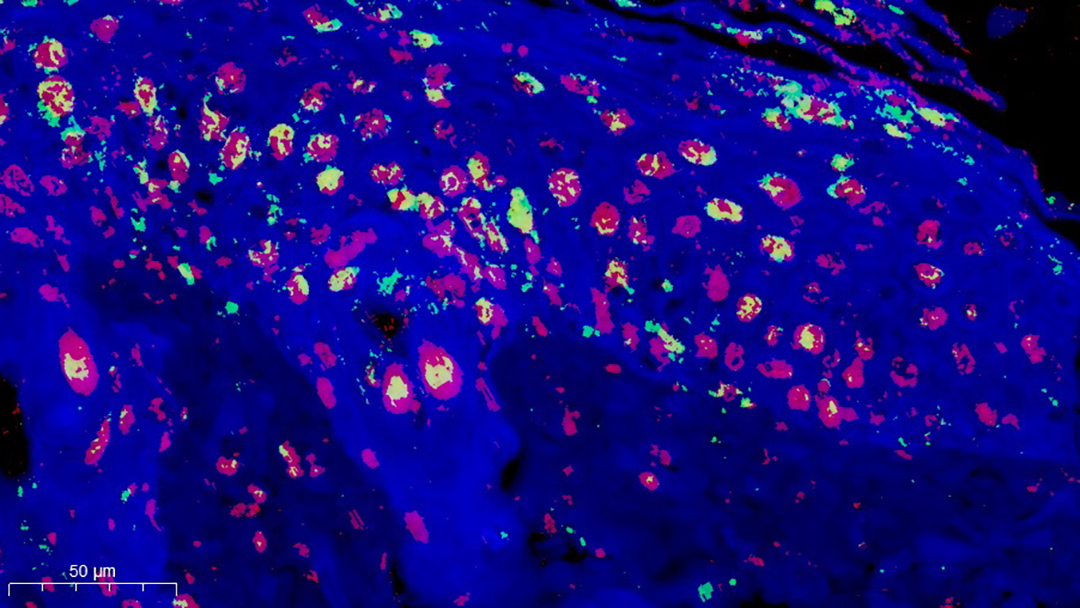

Zwitterionic hydrogels boost healing in diabetic wounds by balancing the immune response, reducing inflammation, and promoting tissue growth.
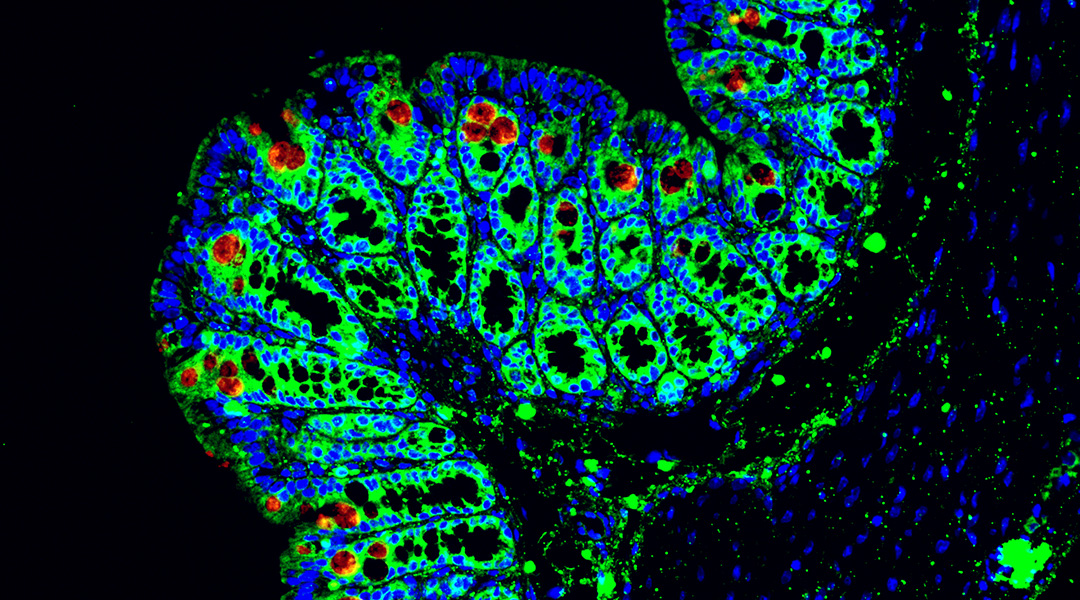
Scientists discover interactions between gut bacteria and immune cells that cause inflammatory bowel disease in glycogen storage disease.

Satellite imagery suggests that islanders lived sustainably rather than overexploiting resources.

1 in 10 women suffer from polycystic ovarian syndrome, yet its fundamental workings remain largely unknown.
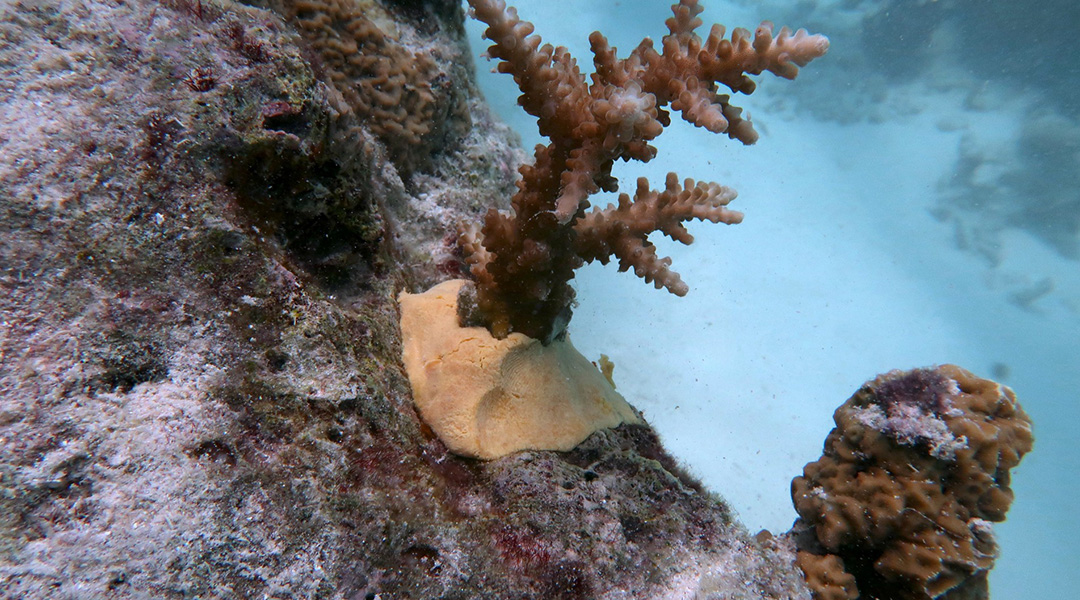
This ocean-safe putty was designed to help seed new coral reefs, offering a much-needed replacement for hardware store products.
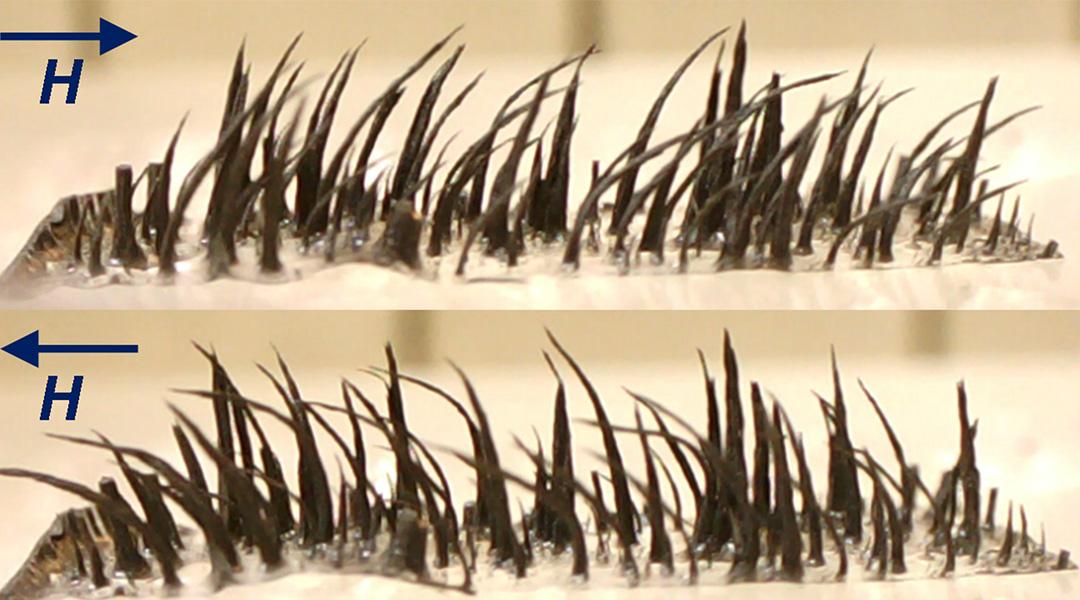
These hair-like structures with applications in robotics are now reprogrammable, negating the need to replace them after one use.
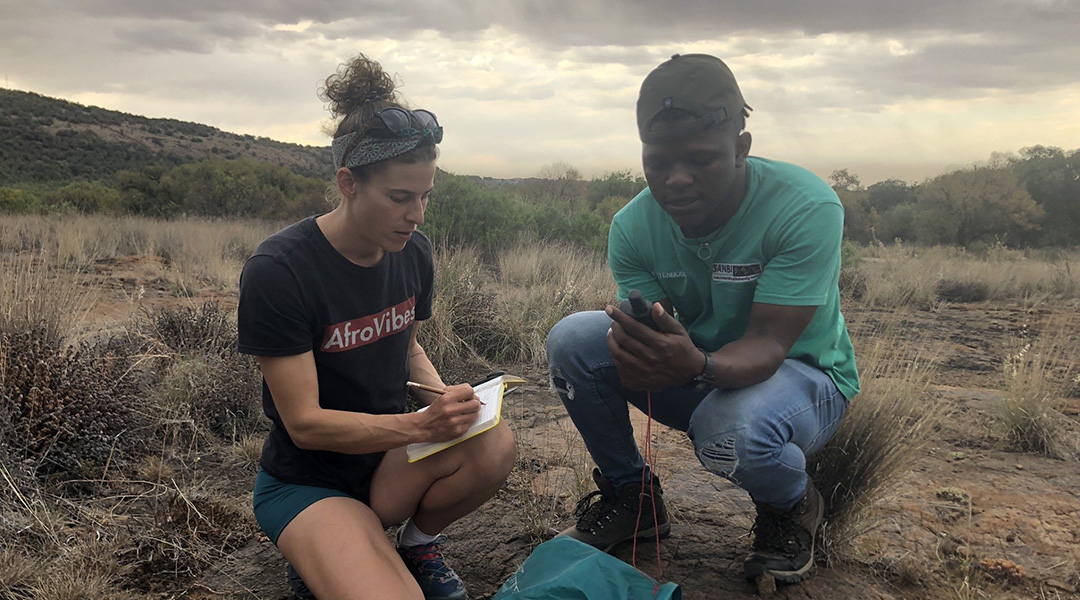
Rose Marks uses her climbing skills in remote regions of South Africa to study how water-deprived plants might help develop drought-tolerant crops.
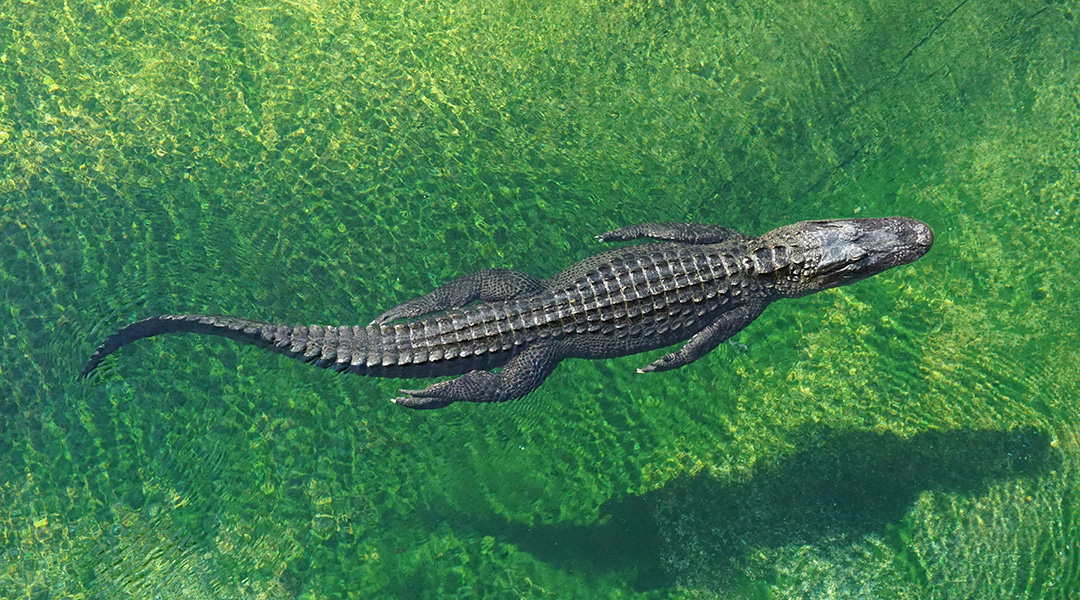
The decline of freshwater megafauna, including river dolphins, hippos, and crocodiles, is triggering significant consequences for ecosystems.
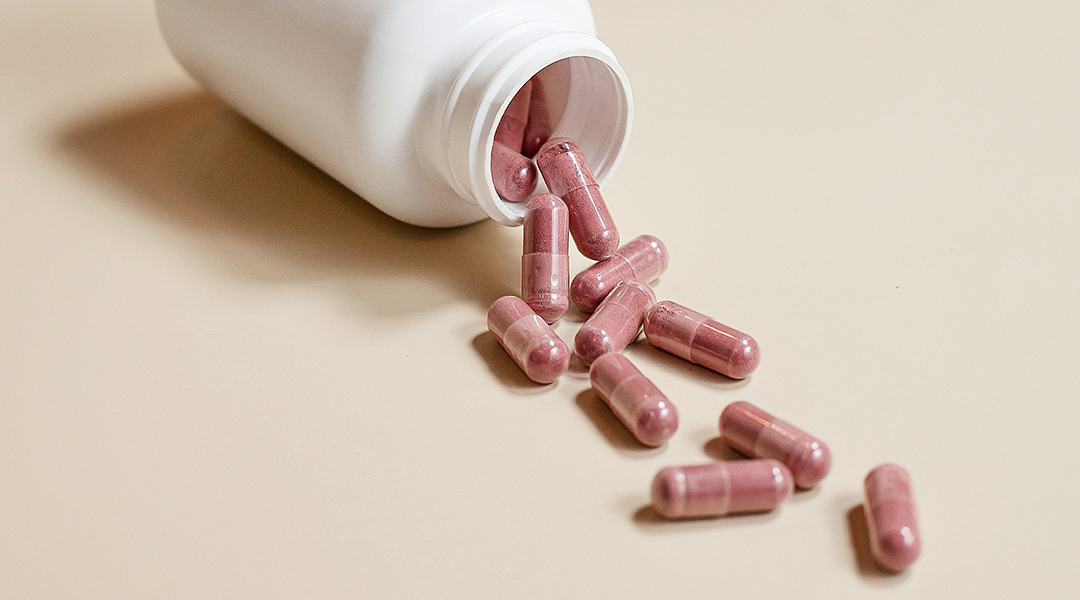
Study finds patients with high risk factors for cardiovascular disease may benefit from preemptive use of specific probiotics.

The new material rapidly transports lithium ions through its structure and could help make rechargeable lithium-ion batteries safer and more efficient.